Keep your kitchen supplied with fresh herbs all year with varieties that thrive on a sunny windowsill or under grow lights. For good results, give each plant their own pot. That way they can grow more swiftly.
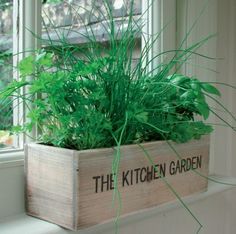
Perennial herbs, such as rosemary, oregano, thyme, chives, and mint are easiest to grow from young plants that you buy at a garden center or start your own seeds. You can also use small plants dug from the garden. Many herbs can be started from cuttings, too. For instance, basil and mint are easy to root in a glass of water. Some herbs, such as basil, an annual, is best started from seed and replanted throughout the year.
How to Grow
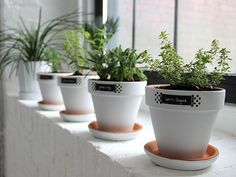
In natural light in a south-facing window have the brightest light and most hours of sun during the short, cool winter days. Good choices for these locations are rosemary, thyme, basil, mint, and oregano.
East- and west-facing windows receive bright sun for about six hours in the morning or afternoon, but east windows remain cooler. Good choices include mint, parsley, and chives which thrive with less intense light and prefer the cooler temperatures.
Under grow lights: Full-spectrum grow lights are ideal for all herbs and garden seedlings. Place plants within a foot of the bulbs and raise the light as necessary. Start by having the lights on for 12 to 16 hours a day for bright-light plants and adjust as necessary.
The soil media must have loose, fast-draining soil. Soggy soil, especially in cooler winter temperatures, can be fatal to these plants. Plant rosemary, thyme, oregano, and bay laurel in a blend of equal parts of cactus mix and regular potting soil. Let the soil dry a bit before watering. Other herbs grow well in regular potting soil. Keep soil slightly moist, but not soggy. Fertilize once or twice a month with a liquid houseplant fertilizer.
Types of Herbs to grow Inside
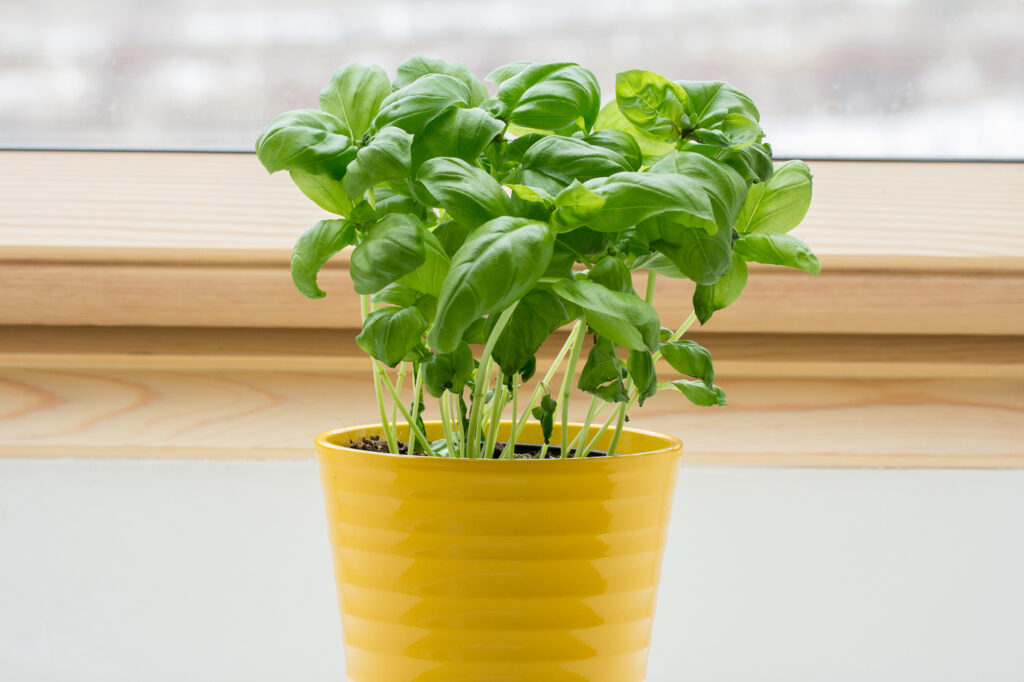
Basil
A critical herb for cuisines around the world and a favorite pairing for tomatoes, basil is easy to grow indoors. Pinch off individual leaves and add to salads, sandwiches, and sauce. Plant seeds in a seed germinating medium and pot them in potting soil. Basil loves heat and bright light, so give it a southern or western window or use a grow light. Avoid cool, drafty spots, especially in the winter. Basil is not a long-term houseplant. You can expect to keep and use it for several weeks until the stems start to grow woody. To ensure a steady supply, plant a new batch of seeds every few weeks.
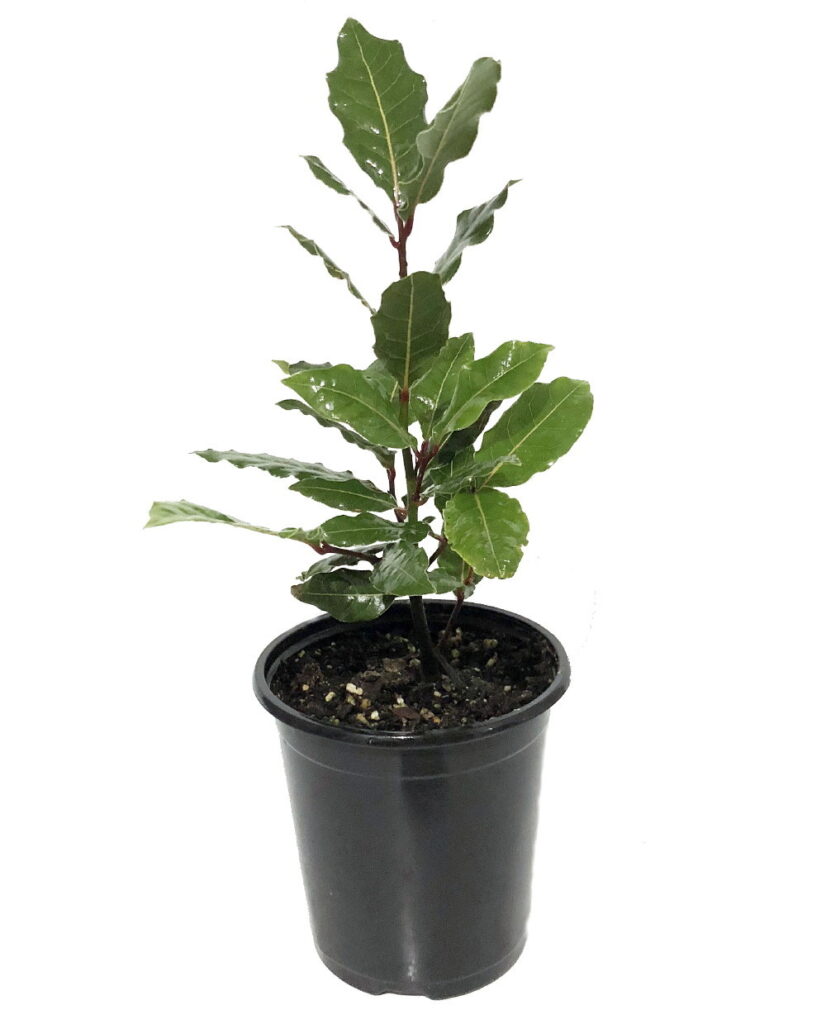
Bay laurel
The thick, flavorful leaves of this Mediterranean shrub are essential ingredients for soups and stews. Pick individual leaves as needed or harvest a few from larger plants and dry them for storage. The oldest leaves have the strongest flavor. Plant in fast-draining soil, and place in a bright east- or west-facing window. Good air circulation helps prevent disease. Bay makes a nice houseplant to be moved outside in the summer.
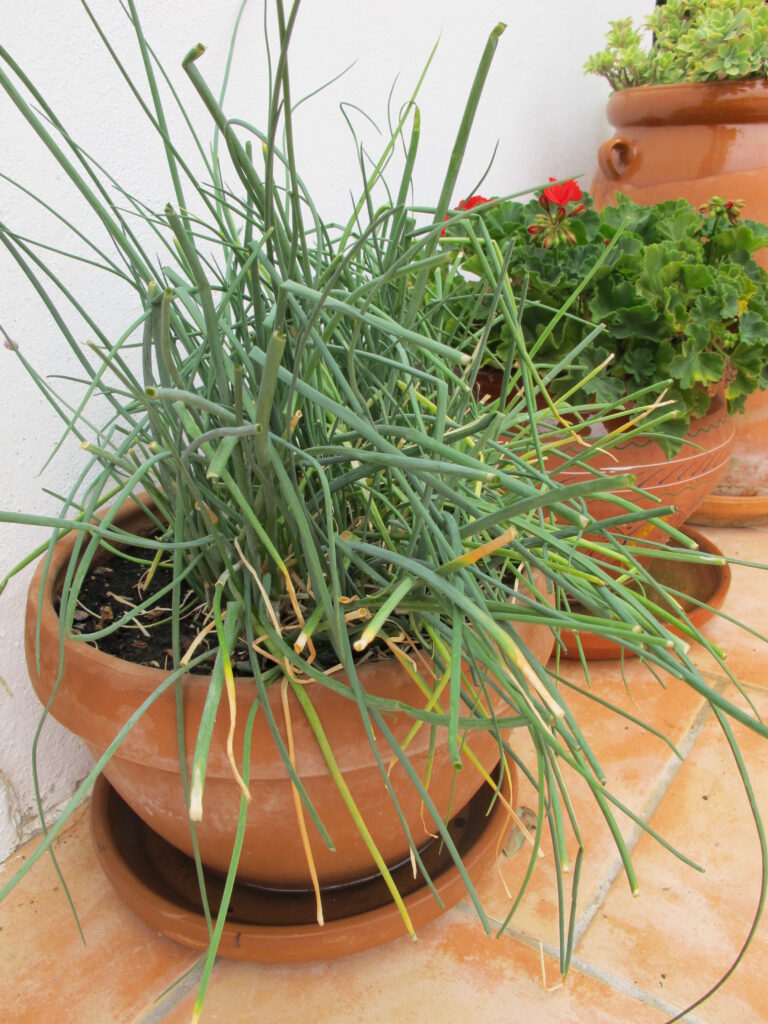
Chives
The spiky leaves of this onion-flavored herb added to eggs, soups, and salads. Use scissors to snip off individual leaves or give the whole plant a “crew cut” to keep floppy leaves tidy. Leave at least 2″ of growth so that plants can resprout. Chives are very easy to start from seeds and transplant a small “clump” to a bigger pot when they get a couple of inches tall. Chives grow best in bright light, such as a south-facing window.

Mint
With so many varieties of flavorful varieties available including chocolate, you could devote an entire garden to mint. Snip leaves and sprigs for tea and mixed drinks, salads and desserts. Mint plants usually grow like a weed and their trailing, fragrant stems make them attractive houseplants. Keep the soil moist and give them strong light. Most are hardy perennials that can tolerate winter in our area.

Oregano
A must for Italian, Mexican, Central American and Middle Eastern cuisines, oregano is a member of the mint family. Strip the leaves from snipped stems and add to tomato sauces, meat, casseroles, soups, and stews. The dried leaves are more pungent than fresh. Grow oregano as you would other mints. Water when the surface of the soil is dry, but don’t let it dry out. Give the plants moderate to strong light.
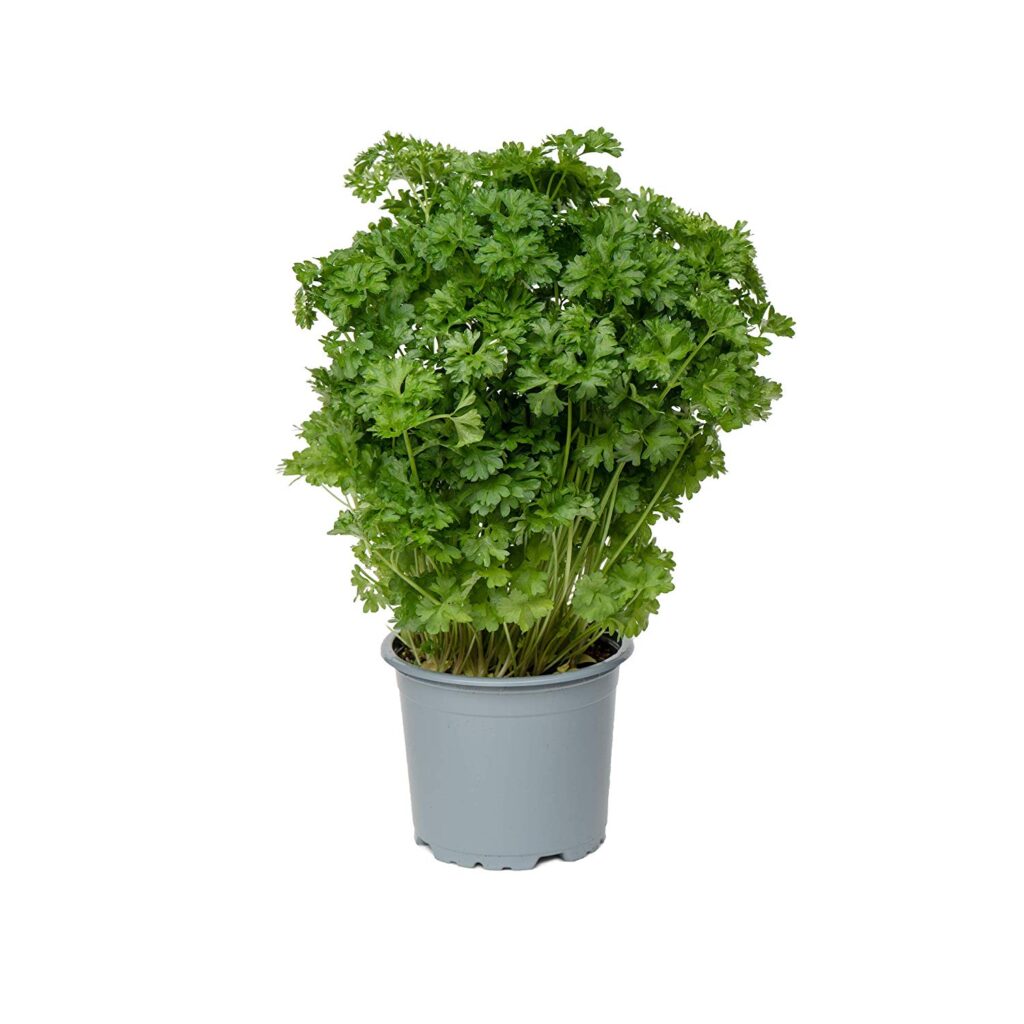
Parsley
Choose curly or flat-leaf, but do give one a place in your kitchen garden. More than just a garnish, parsley adds bright color and flavor to soups, salads and fresh sauces. Harvest individual leaves by pinching stems off near the base. Grow in a deep pot with rich, organic potting soil and provide strong light.

Rosemary
On a cold, wintry day, the earthy fragrance from a few crushed rosemary leaves can transport you to summertime. The needled leaves are among the must-add herbs to chicken, pork, lamb, soups, potatoes and olive oil. Snip 1-4″ sprigs and toss into soups, or strip the leaves and mince. Rosemary tolerates hot, sunny, dry locations in the summer months, but prefers cooler temperatures (40 to 65 degrees F) in the winter, as long as the light is strong.
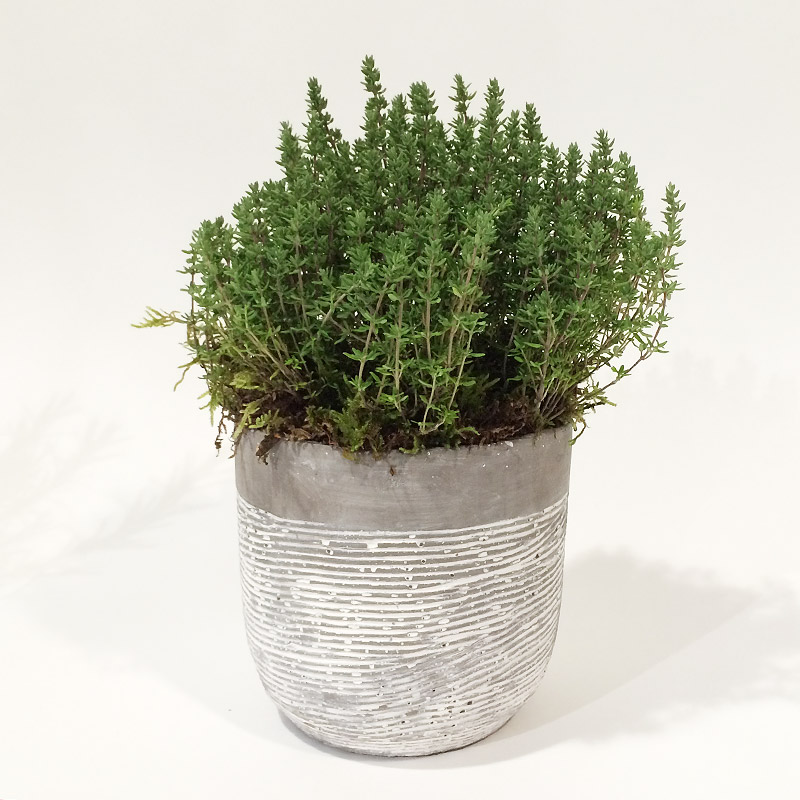
Thyme
The versatile flavor of thyme and its many varieties make it a key ingredient in nearly every cuisine of the world. Its tiny leaves and trailing stems give it natural houseplant appeal, too. Pot thyme in a fast-draining soil mix and place it in a warm, sunny window. Water when the surface of the soil is dry, but don’t let it wilt.

2 comments for “Fresh Kitchen Herbs”